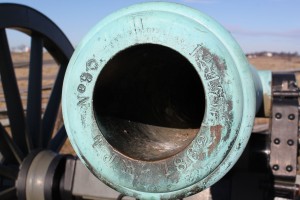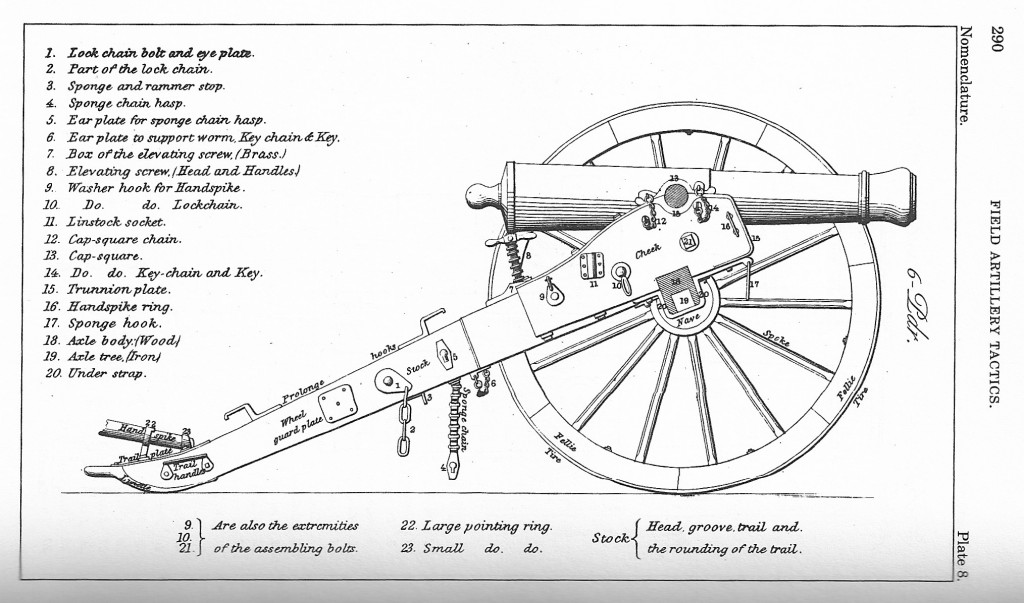Mini-Federalist #9 – The Union as a Safeguard Against Domestic Faction and Insurrection
This is a continuation of a series of posts that are intended to be shorter, more understandable versions of the Federalist Papers. This post deals with Federalist #9, the original text of which can be read here: http://thomas.loc.gov/home/histdox/fed_09.html
Originally published November 21, 1787 by “Publius” – who was in this case, Alexander Hamilton.
It is clear that the best course of action is Union. The ancient history of the tiny states within Greece and Italy prove this. Having spent centuries squabbling with each other, expending great effort and going through a lot of pain, they finally collapsed. We should be wary of their lesson.
Since those countries also operated as republics, critics will say that it is the republican form of government which is inherently flawed – even going so far at times as to say the same about freedom itself. We are lucky to have numerous historical examples on our side of great deeds that were brought about by free people, and if we can continue on course, America will surely provide many examples itself in the future.
These critics are really looking at a caricature of a real republican government, though. I mean, if this system was really so flawed, no one would bother to defend it. We’ve also come up with a lot of improvements since the ancient times, too: separation of power between branches (and even within the legislature), independent courts, and representatives elected by the people themselves, just to name a few. All of these further refine our system of government into a more perfect one. I’d like to add one more (and the one we are concerned about when debating the new Constitution): the expansion of the scope of a republican government to a size never before tried.
The idea of allying with others to increase your security isn’t new – countless countries have done it in the past, and political scholars agree that it is a good idea. Even so, in their arguments critics of our new Constitution cherry-pick a line from Montesquieu about the need for republics to be small. They fail to really think this idea through, and of course leave out some critical points.
The countries Montesquieu was talking about were even smaller than most of our States (think Virginia, Pennsylvania, New York – all larger than what the Greeks were dealing with). So if we go with his ideas as being authoritative, we’d have to not only dissolve the Union, but break up most of our States into smaller ones – this would of course lead to more of the petty squabbling and inefficient leadership distribution that we talked about in previous papers. Or maybe we should just have a king!
Of course when you really think about it, what Montesquieu actually argued was that the size (or power) of the larger states should be decreased, not that they can’t all be formed into one Union. In fact, he argued that a confederation like ours is the solution to increasing the geographical size of a republic – even using many of the arguments we’ve already talked about in previous papers. Rather than believing one cherry-picked line, readers should consider the whole work.
Some will try to tell you that there’s a difference between a “confederacy” and a “consolidation” in that a confederate government can’t tell the states how to handle their own internal business, but only handles affairs that affect the whole. They also insist that all the states need to have an equal say in a confederacy. No confederacy has ever actually operated this way. You’ll also see that anytime people have tried to make these items the goal of the government in the past, it has caused serious problems.
In reality, there is no distinction here. The only real definition of a “confederacy” is a combination of two or more states. This definition doesn’t speak at all to specifics of how their governments should work, except to say that the states’ individual governments should also be preserved. This is exactly what our proposed Constitution does – the states even get their own branch of the legislature, the Senate.
Of course the real kicker is that the critics’ chosen authority (Montesquieu) didn’t subscribe to their ideal definition either. When he talked about a model confederacy, he pointed to Lycia. The Lycians not only gave more votes to the larger states, but allowed the confederate government to select many of the officers in the city-states. It’s clear that the critics of the Constitution have built their case on a poor reading of the history.





